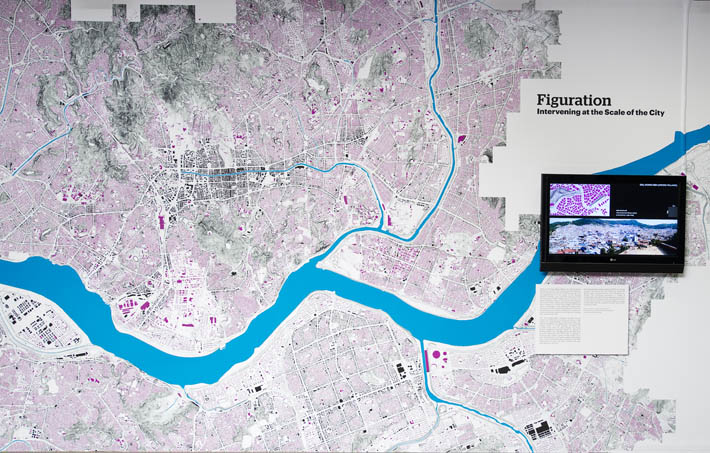Deconstruction/Construction: Cheonggyecheon River Project

Recipient of the 10th Veronica Rudge Green Prize in Urban Design.
The evolution of the Cheonggyecheon River in just twenty-nine months from an outmoded utilitarian highway into a multipurpose performative infrastructural piece of unprecedented size merits recognition as a seminal project in contemporary urban design. The project is a remarkable achievement that recovers the biological and social ecology of the city, and demonstrates the profound ability of design at the urban scale to provoke positive transformation effectively over large territories. The project signifies a broader sea change in Asian attitudes toward city design, from a quantitative model concerned primarily with growth to a more qualitative program that incorporates quality of life and environmental sustainability into economic development strategies.
City design cannot be regarded merely as the product of an inspired designer or a skilflul politician; projects at the scale of the Cheonggyecheon intervention often do not have a single designer and, in most cases, require exemplary political support and public negotiation. In the case of the Cheonggyecheon River Restoration Project, the successful completion was made possible by the presence and constant support of Mayor and President Lee Myung-bak, the work of the urban design team at the Seoul Development Institute, the coordination of the Seoul Metropolitan Government, a public participation process, and the contributions of specialists and engineers from various firms. Together these diverse players formed a brilliant and effective team, collaborating to establish formal logics and systems of synergy among disciplines and across specialized sectors. We see here the interdisciplinary role of the urban design project, facilitating critical connections between landscape and economics, engineering and planning, politics and architecture.
Cheonggyecheon is an urban intervention with far-reaching significance for the city as a whole, as the project scope is far more extensive than the linear park. Environmentally, the restored waterway and plantings have not only changed the ecology along its banks but have affected the climatic conditions in the city center. Economically, the Cheonggyecheon has stimulated business activity in the surrounding area and, for the first time in Seoul’s modern history, effectively linked the north and south of Seoul while reducing traffic pressure on the central business district by increasing the transportation capacity of buses and subways. The project stands as clear evidence that coordinated urban design can catalyze economic development, reinforce connection with the natural environment, and improve the quality of the urban condition for residents and visitors alike. Moreover, the project is paradigmatic of sustainable attitudes toward city design and development, integrating systemic public transportation improvements with meticulous ecological restoration to facilitate novel, authentic, and innovative urban experiences.
Joan Busquets, curator
Ian Klein, collaborator


